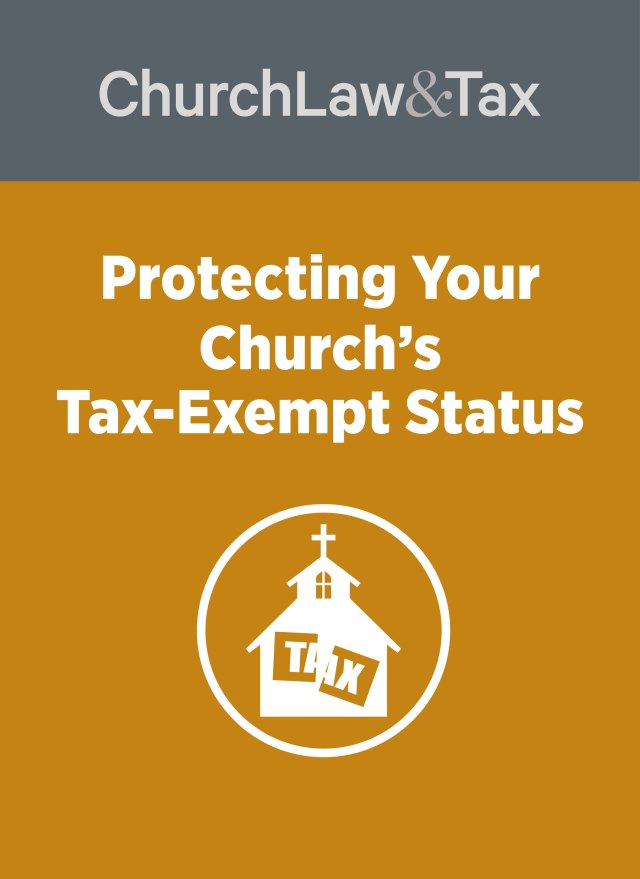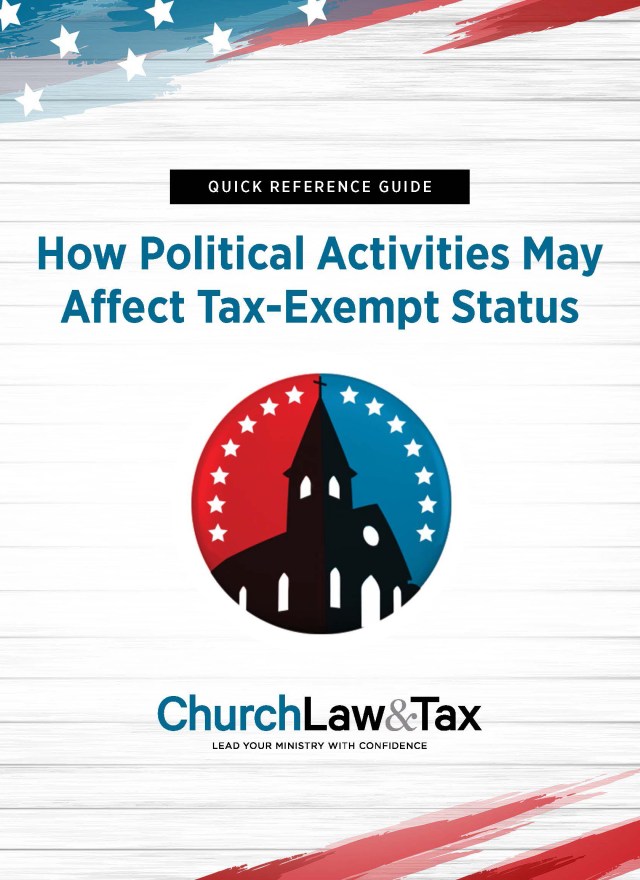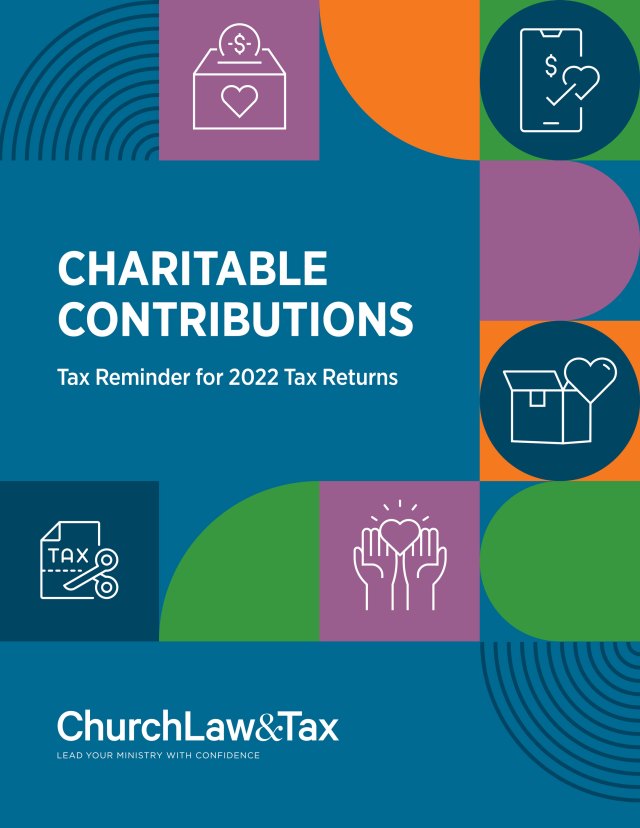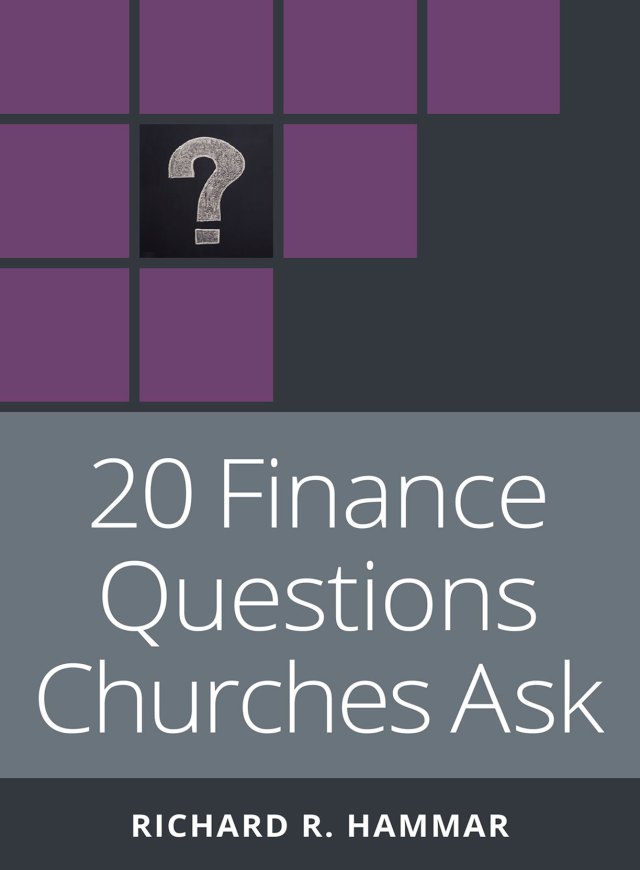Church treasurers and board members must understand the concept of inurement to protect their church’s tax-exempt status under section 501(c)(3) of the tax code.
Key Takeaways:
- Inurement occurs when a church’s net earnings benefit private individuals or insiders beyond reasonable compensation.
- Any inurement can jeopardize a church’s 501(c)(3) tax-exempt status.
- Compliance requires transparency, governance policies, and adherence to IRS guidelines.
What Is Inurement?
According to the Internal Revenue Service (IRS), inurement occurs when trustees, officers, or insiders use a nonprofit’s funds for personal benefit beyond reasonable compensation. This strict prohibition ensures that tax-exempt organizations operate solely for their exempt purposes and not for the private benefit of individuals.
IRS Clarification: “An organization’s trustees, officers, or members may not acquire funds beyond reasonable compensation for services rendered. Any diversion of funds from exempt purposes puts the exemption in jeopardy.”
Case Law Example #1: Variety Club Tent No. 6 Charities, Inc. v. Commissioner
In Variety Club Tent No. 6 Charities, Inc. v. Commissioner, T.C. Memo. 1997-575 (1997), the IRS revoked a charity’s tax-exempt status after identifying prohibited inurement, including:
- Excessive rent paid to insiders for property use.
- Misappropriation of funds by officers.
- Payment of legal fees for personal criminal defense.
The Tax Court upheld the IRS ruling, emphasizing that transactions benefiting private individuals beyond fair compensation constitute inurement.
Case Law Example #2: Ononuju v. Commissioner, T.C. Memo 2021-94 (2021).
In Ononuju v. Commissioner, T.C. Memo 2021-94 (2021), the United States Tax Court ruled that the wife of the founder of a medical missions charity had received an excess benefit from the charity subjecting her to a “first-tier” penalty of 25 percent of the amount of the excess benefit. She was also subjected to a “second-tier” tax of 200 percent of the excess imposed by law since the excess benefit had not been returned to the charity.
The IRS also revoked the organization’s tax-exempt status.
The root issue: biweekly checks issued to the wife that were not reported on a W-2. The IRS started examining the charity’s records and later determined the wife received excess benefits totaling $115,000, all consisting of the checks she had received.
The first-tier excise tax amounted to $28,750, while the second-tier excise tax amounted to $230,000—200 percent of the excess benefit.
Examples of Inurement Risks
1. Excessive Compensation
Salaries or benefits exceeding fair market value may be considered inurement. Regular reviews and benchmarking are essential to ensure compliance.
2. Personal Use of Church Assets
If a church-owned vehicle or property is used for personal purposes without proper compensation, it may violate inurement rules.
3. Preferential Transactions
Entering into business arrangements with insiders at above-market rates can trigger IRS scrutiny.
Steps to Avoid Inurement
- Ensure compensation aligns with fair market value through regular evaluations.
- Implement conflict-of-interest policies and require board approval for insider transactions.
- Maintain transparent financial records and documentation of all transactions.
- Consult with tax professionals for complex situations or concerns.
FAQs on Inurement
- What is inurement?
Inurement refers to the improper use of nonprofit funds to benefit insiders beyond reasonable compensation. - What happens if inurement occurs?
The IRS may revoke a church’s tax-exempt status and impose penalties for prohibited inurement. - How can churches prevent inurement?
Adopt clear governance policies, regularly evaluate compensation, and maintain financial transparency. - Can churches pay legal fees for an officer?
Only if the expenses meet indemnification provisions in the church’s bylaws and are related to official duties.
By understanding and adhering to IRS rules, churches can protect their tax-exempt status and avoid costly penalties or revocations.
We’ve used a combination of AI and human review to make this content easier to read and understand.




